December 2022
go.ncsu.edu/readext?908726
en Español / em Português
El inglés es el idioma de control de esta página. En la medida en que haya algún conflicto entre la traducción al inglés y la traducción, el inglés prevalece.
Al hacer clic en el enlace de traducción se activa un servicio de traducción gratuito para convertir la página al español. Al igual que con cualquier traducción por Internet, la conversión no es sensible al contexto y puede que no traduzca el texto en su significado original. NC State Extension no garantiza la exactitud del texto traducido. Por favor, tenga en cuenta que algunas aplicaciones y/o servicios pueden no funcionar como se espera cuando se traducen.
Português
Inglês é o idioma de controle desta página. Na medida que haja algum conflito entre o texto original em Inglês e a tradução, o Inglês prevalece.
Ao clicar no link de tradução, um serviço gratuito de tradução será ativado para converter a página para o Português. Como em qualquer tradução pela internet, a conversão não é sensivel ao contexto e pode não ocorrer a tradução para o significado orginal. O serviço de Extensão da Carolina do Norte (NC State Extension) não garante a exatidão do texto traduzido. Por favor, observe que algumas funções ou serviços podem não funcionar como esperado após a tradução.
English
English is the controlling language of this page. To the extent there is any conflict between the English text and the translation, English controls.
Clicking on the translation link activates a free translation service to convert the page to Spanish. As with any Internet translation, the conversion is not context-sensitive and may not translate the text to its original meaning. NC State Extension does not guarantee the accuracy of the translated text. Please note that some applications and/or services may not function as expected when translated.
Collapse ▲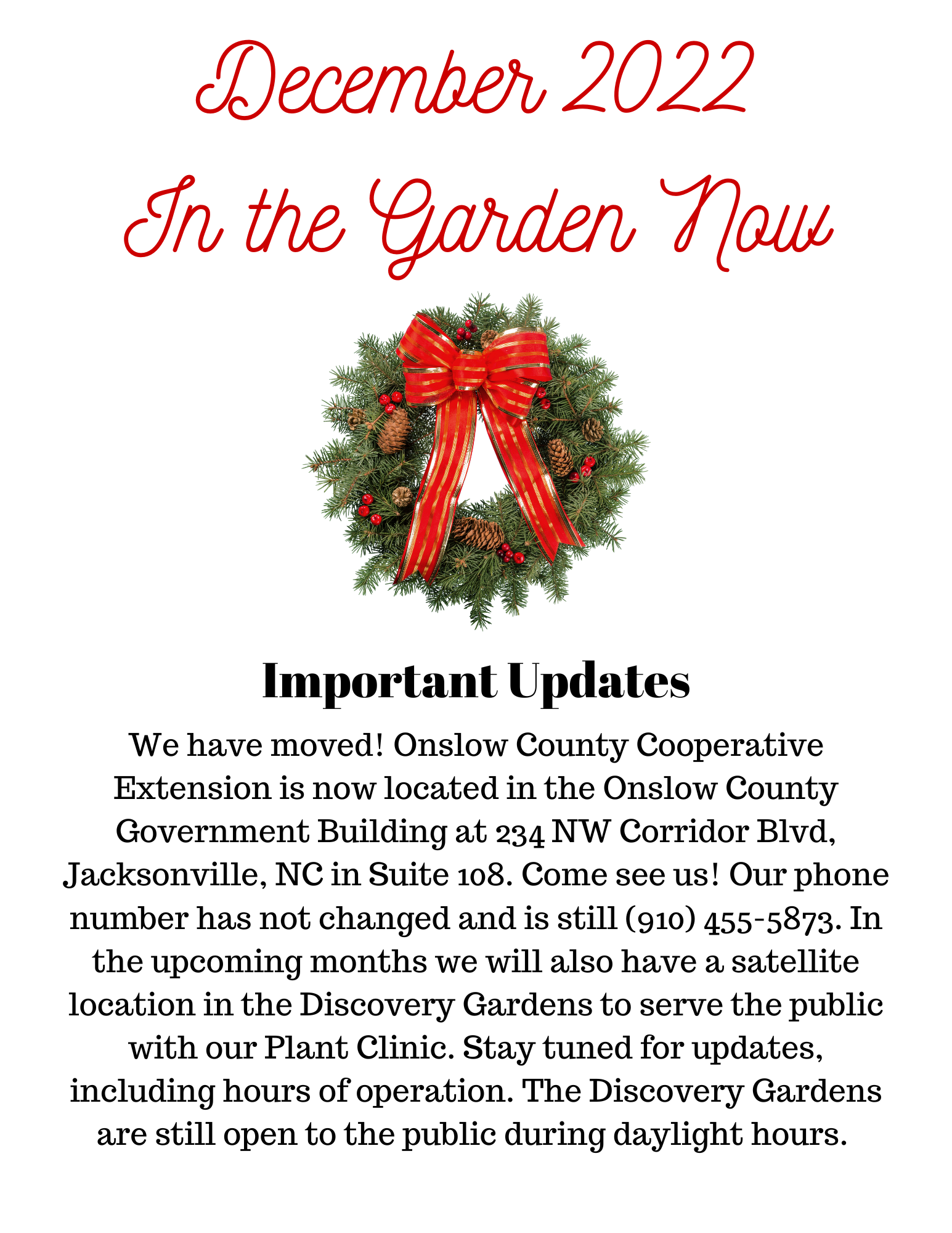
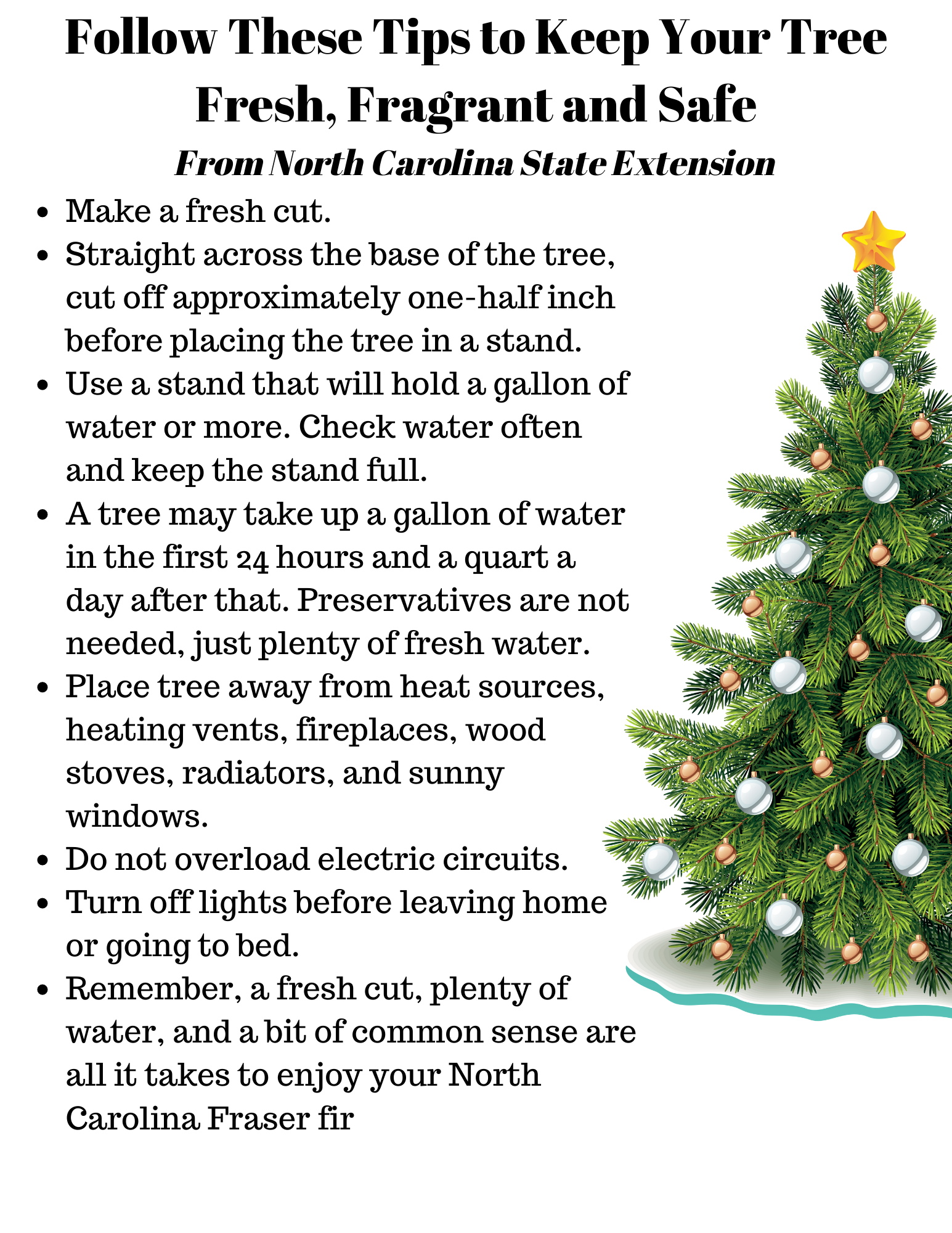
Learn more about NC Christmas trees here!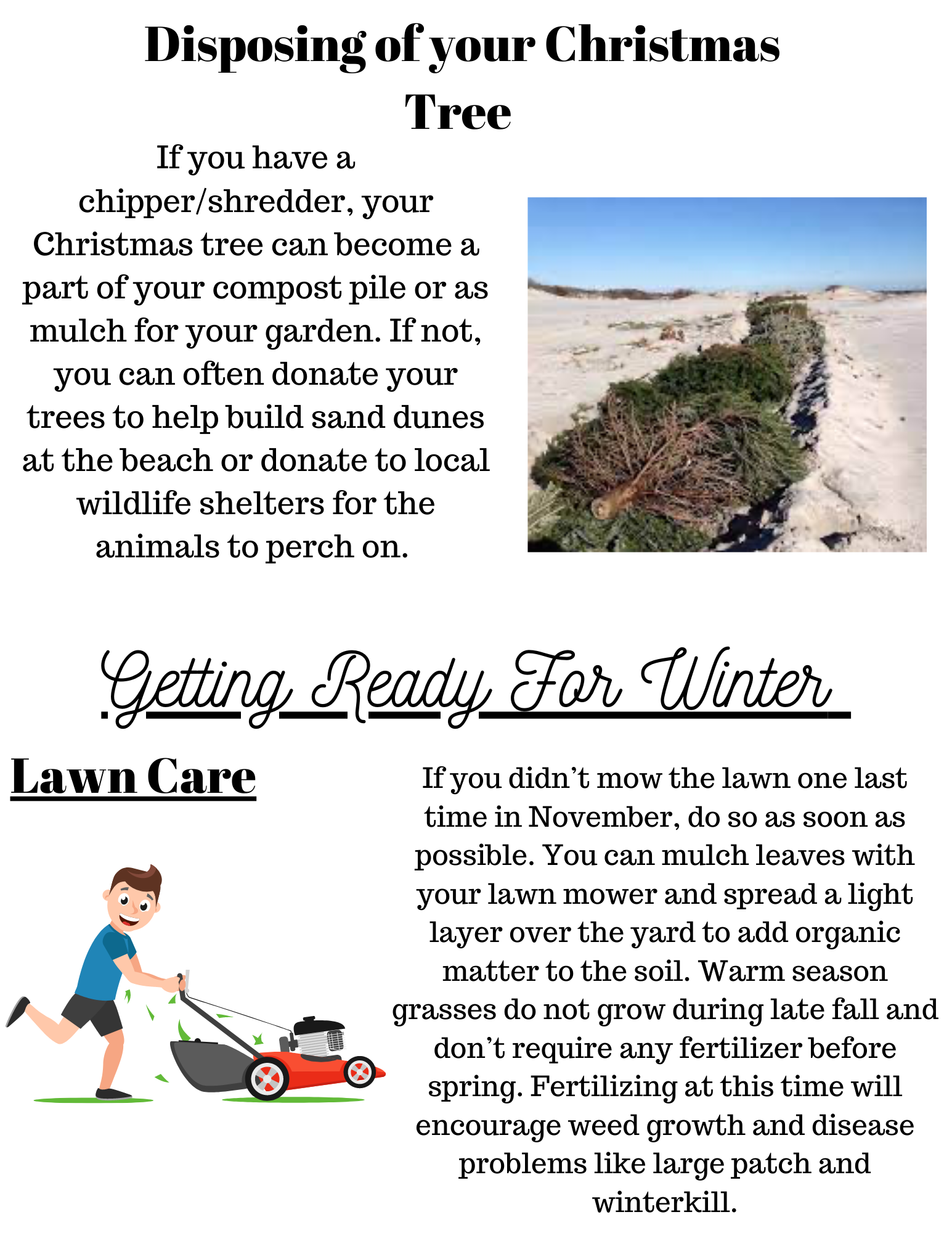
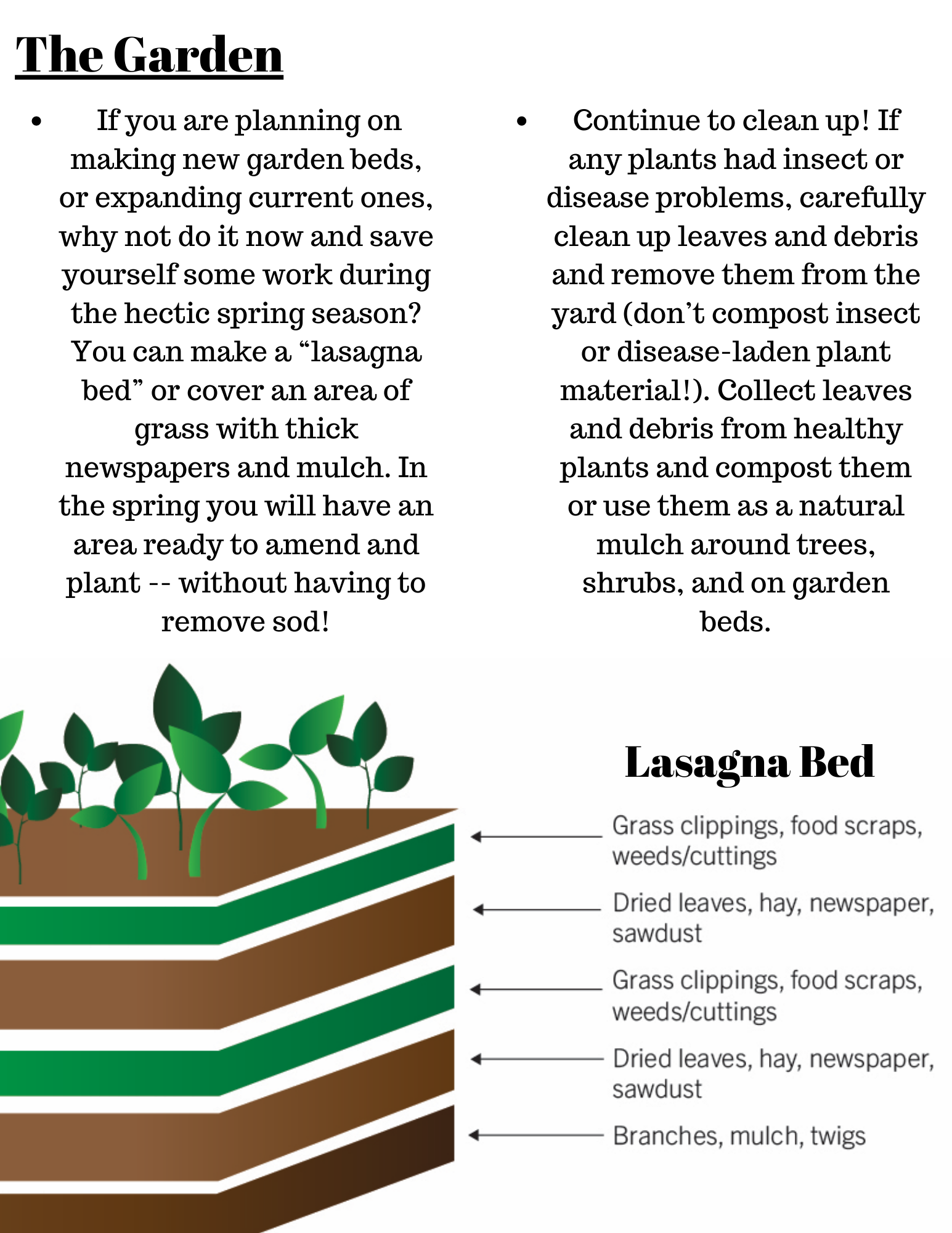
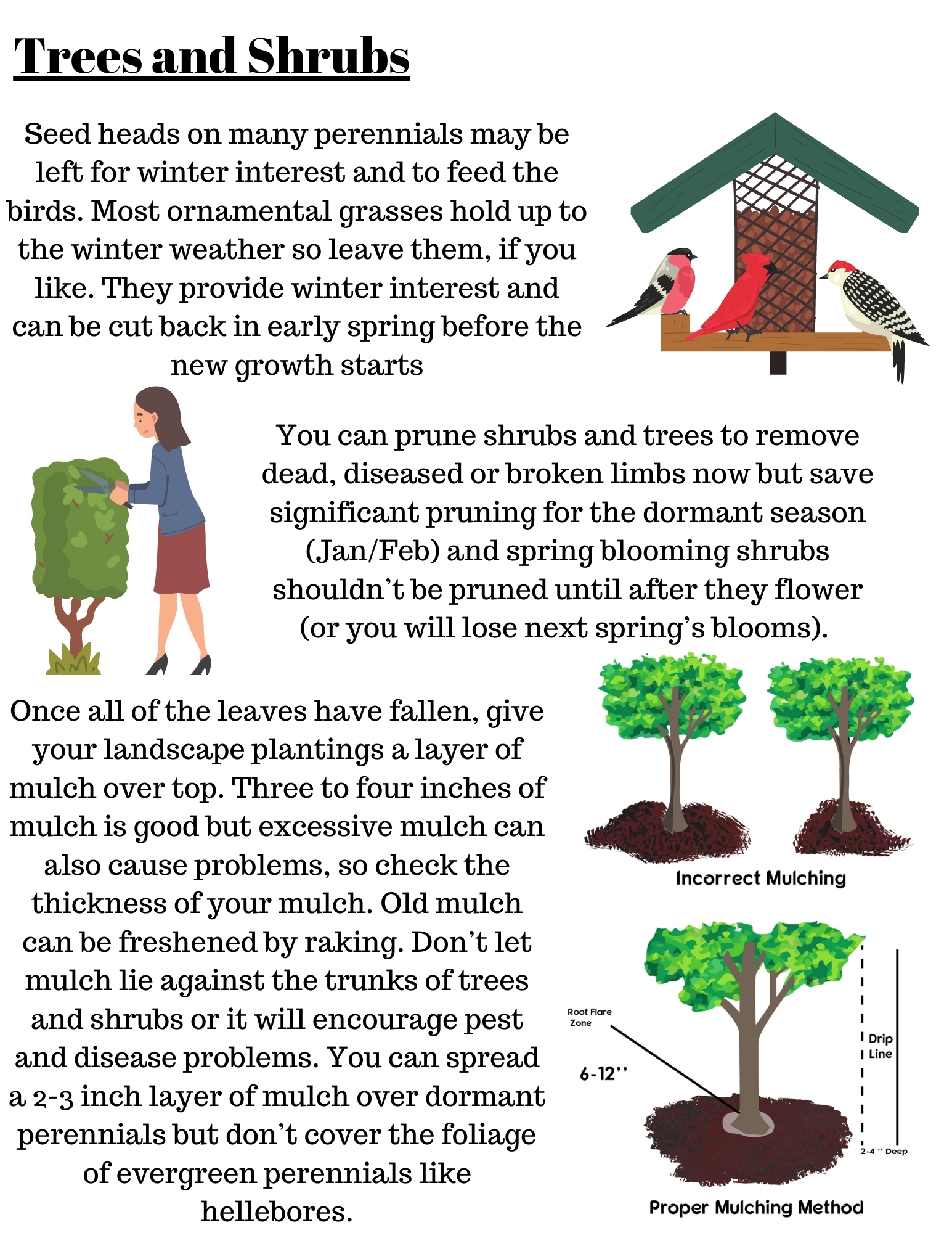
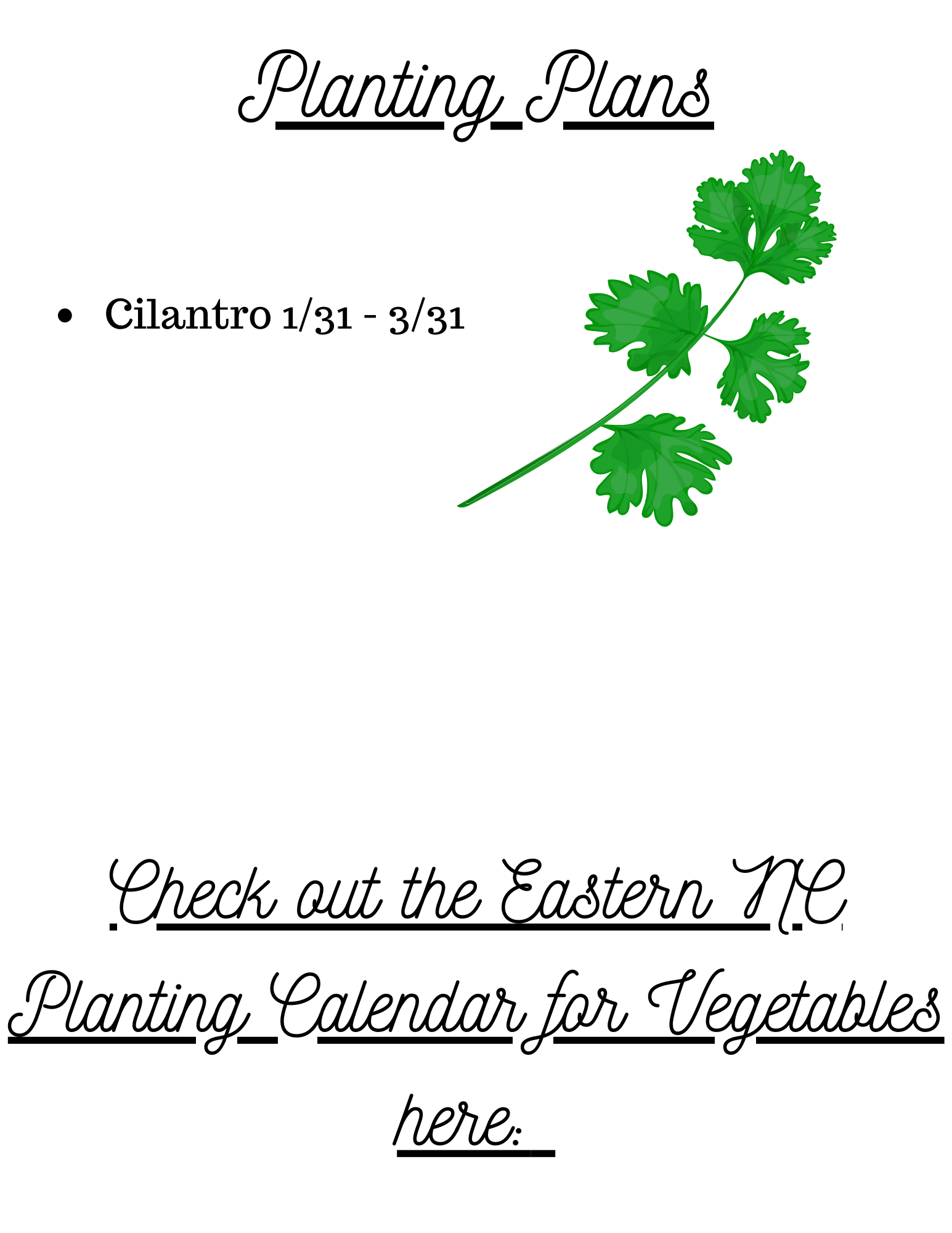 Eastern North Carolina Planting for Annual Vegetables Fruits and Herbs
Eastern North Carolina Planting for Annual Vegetables Fruits and Herbs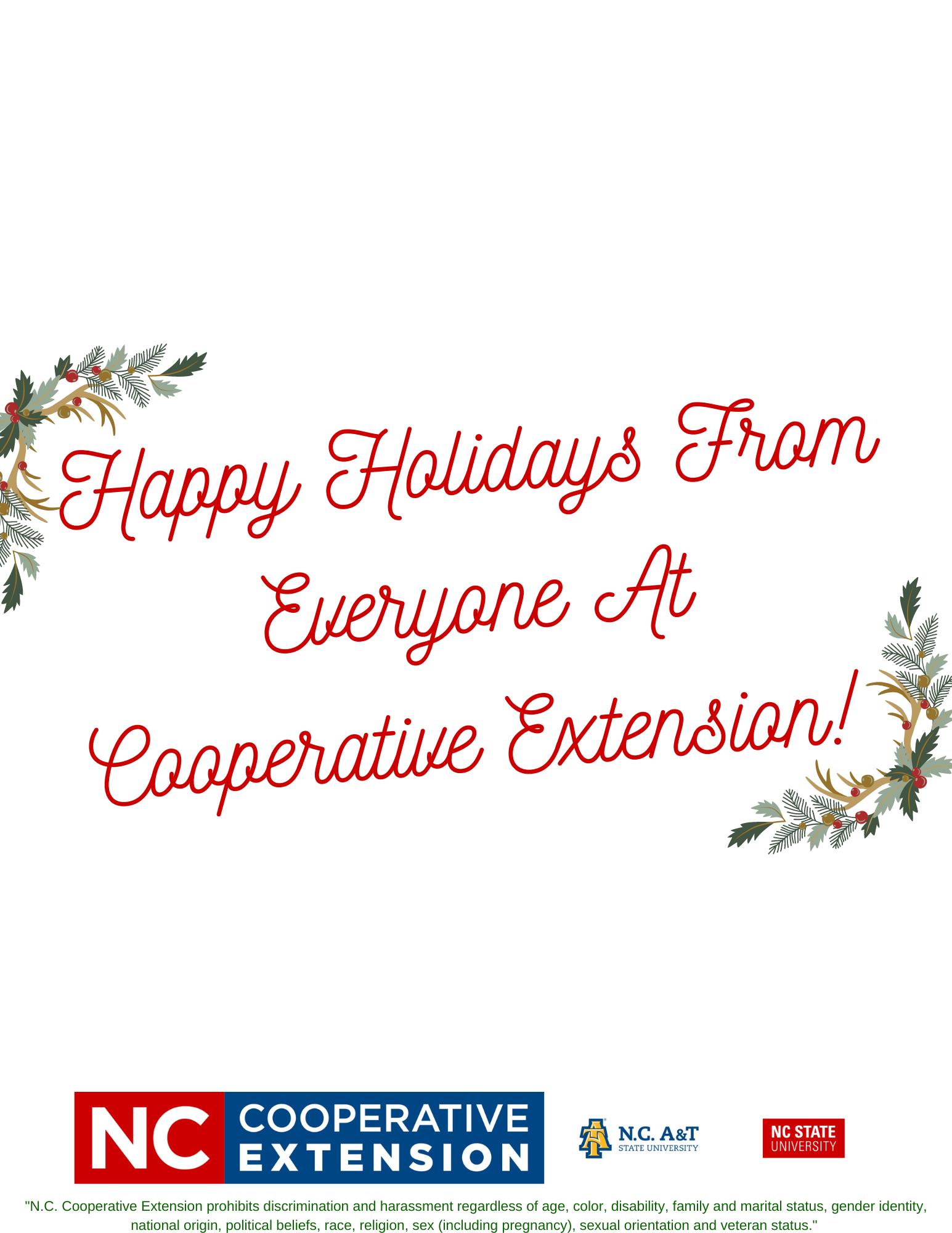
December 2022 In the Garden Now
Important Updates
We have moved! N.C. Cooperative Extension, Onslow County Center is now located in the Onslow County Government Building at 234 NW Corridor Blvd, Jacksonville, NC in Suite 108. Come see us! Our phone number has not changed and is still (910) 455-5873. In the upcoming months, we will also have a satellite location in the Discovery Gardens to serve the public with our Plant Clinic. Stay tuned for updates, including hours of operation. The Discovery Gardens are still open to the public during daylight hours.
Follow These Tips to Keep Your Tree Fresh, Fragrant and Safe
- Make a fresh cut.
- Straight across the base of the tree, cut off approximately one-half inch before placing the tree in a stand.
- Use a stand that will hold a gallon of water or more. Check water often and keep the stand full.
- A tree may take up a gallon of water in the first 24 hours and a quart a day after that. Preservatives are not needed, just plenty of fresh water.
- Place tree away from heat sources, heating vents, fireplaces, wood stoves, radiators, and sunny windows.
- Do not overload electric circuits.
- Turn off lights before leaving home or going to bed.
- Remember, a fresh cut, plenty of water, and a bit of common sense are all it takes to enjoy your North Carolina Fraser fir
Disposing of your Christmas Tree
If you have a chipper/shredder, your Christmas tree can become a part of your compost pile or as mulch for your garden. If not, you can often donate your trees to help build sand dunes at the beach or donate to local wildlife shelters for the animals to perch on.
Getting Ready For Winter
Lawncare
If you didn’t mow the lawn one last time in November, do so as soon as possible. You can mulch leaves with your lawn mower and spread a light layer over the yard to add organic matter to the soil. Warm season grasses do not grow during late fall and don’t require any fertilizer before spring. Fertilizing at this time will encourage weed growth and disease problems like large patch and winterkill.
The Garden
If you are planning on making new garden beds, or expanding current ones, why not do it now and save yourself some work during the hectic spring season? You can make a “lasagna bed” or cover an area of
grass with thick newspapers and mulch. In the spring you will have an area ready to amend and plant — without having to remove sod!
Continue to clean up! If any plants had insect or disease problems, carefully clean up leaves and debris and remove them from the yard (don’t compost insect or disease-laden plant material!). Collect leaves and debris from healthy plants and compost them or use them as a natural mulch around trees, shrubs, and on garden beds.
Trees and Shrubs
Seed heads on many perennials may be left for winter interest and to feed the birds. Most ornamental grasses hold up to the winter weather so leave them, if you like. They provide winter interest and can be cut back in early spring before the new growth starts.
You can prune shrubs and trees to remove dead, diseased or broken limbs now but save significant pruning for the dormant season (Jan/Feb) and spring blooming shrubs shouldn’t be pruned until after they flower (or you will lose next spring’s blooms).
Once all of the leaves have fallen, give your landscape plantings a layer of mulch over top. Three to four inches of mulch is good but excessive mulch can also cause problems, so check the thickness of your mulch. Old mulch can be freshened by raking. Don’t let mulch lie against the trunks of trees and shrubs or it will encourage pest and disease problems. You can spread a 2-3 inch layer of mulch over dormant perennials but don’t cover the foliage of evergreen perennials like hellebores.



